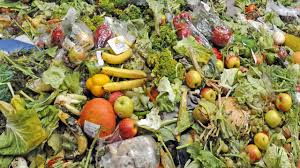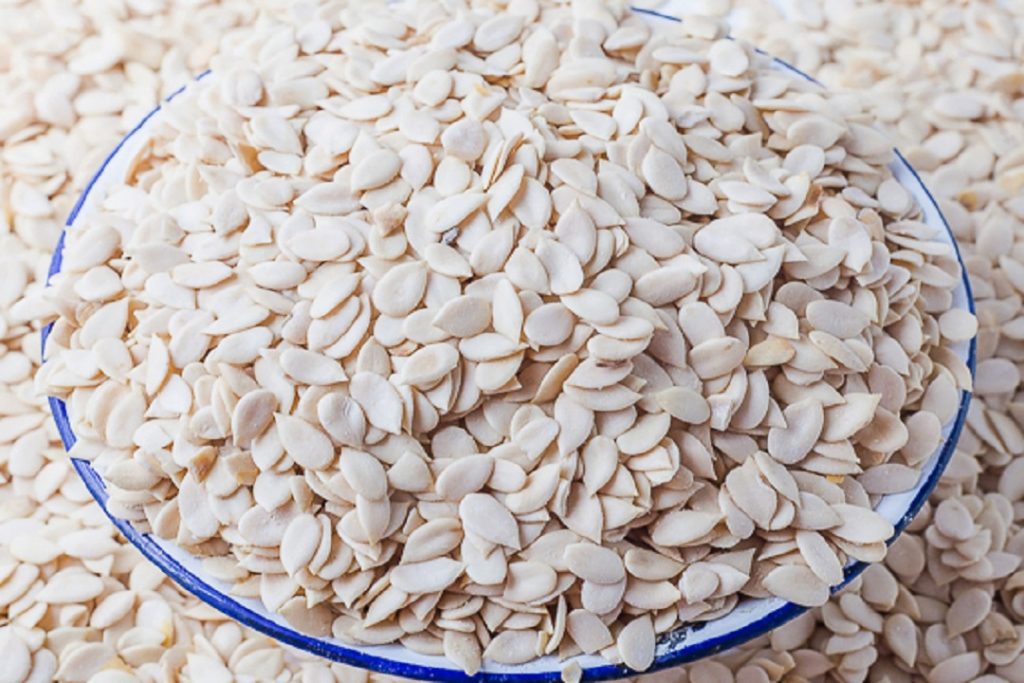Across Nigeria, the rising cost of eating out is becoming impossible to ignore. From roadside
bukas to quick-service restaurants and even popular street food stalls, prices are quietly
climbing, and everyday Nigerians are feeling the pinch.
What used to cost ₦500 for a satisfying plate of rice and stew is now pushing ₦800 or more.
Portions are shrinking. Combo deals have disappeared. Even street foods like puff-puff and
akara are no longer as cheap as they used to be.
What’s Driving the Price Hike?
Soaring Ingredient Costs:
One of the biggest drivers is the spike in food ingredient prices. According to a recent National
Bureau of Statistics (NBS) report, Nigeria’s food inflation rose to over 40% in May 2025,
compared to 24% around the same time last year. This sharp rise has pushed up the costs of
staple ingredients like rice, beans, oil, and especially pepper — which now sells for as high as
₦200,000 per bag, up from around ₦50,000–₦70,000 in previous months.
Fuel and Transportation Challenges:
With fuel prices hovering around ₦700–₦900 per litre since the fuel subsidy removal in
mid-2023, transporting food items from farms to markets and restaurants has become far more
expensive. Many food vendors say the cost of logistics alone has doubled. Whether it’s moving
tomatoes from the north or fish from coastal towns, transport hikes are pushing food businesses
to raise their prices.
High Operational Costs:
Food sellers are also battling increased shop rents, rising costs of cooking gas, and expensive
food packaging materials. For small businesses, these mounting expenses have quietly forced
menu price adjustments. A pack of disposable takeaway plates that sold for ₦800 is now often
over ₦1,500, adding to the pressure on sellers.
How Nigerians Are Responding
For many working Nigerians, eating out used to be an affordable daily convenience. But the
recent price surges are changing habits. Some customers say they’ve cut down on how often
they eat out. Others now intentionally opt for smaller meals or lower-priced options on menus.
“I used to eat shawarma almost every other day,” one Lagos customer shared. “But now, I can’t
afford it as much. I’ve switched to gala and soft drinks when I’m on the move.”
Even at popular street food spots, you’ll hear similar stories. Some vendors now offer “half
portions” to help customers still afford their meals without completely losing them to the
economy.
Small Food Businesses Are Feeling the Squeeze
For many small food sellers, it’s a daily battle between survival and customer loyalty. Some
have quietly switched to cheaper ingredients or simplified their menus to cut costs. Others say
they are considering closing shop if prices continue rising.
Restaurant operators say the cost of keeping their kitchens running has more than doubled over
the past year. Electricity bills, gas refills, rent, and basic supplies are all stacking up — forcing
them to pass some of that burden to customers.
Final Thoughts
The rising cost of eating out is no longer just an urban Lagos or Abuja problem, it’s being felt
everywhere. It’s a reflection of Nigeria’s broader economic struggles: inflation, insecurity, and
unstable food supply chains.
While food remains central to Nigerian social life, it’s becoming harder for both vendors and
consumers to keep pace with the growing costs. For now, the hustle continues — but the
question remains: how long can Nigerians keep adjusting their plates before the system breaks?


